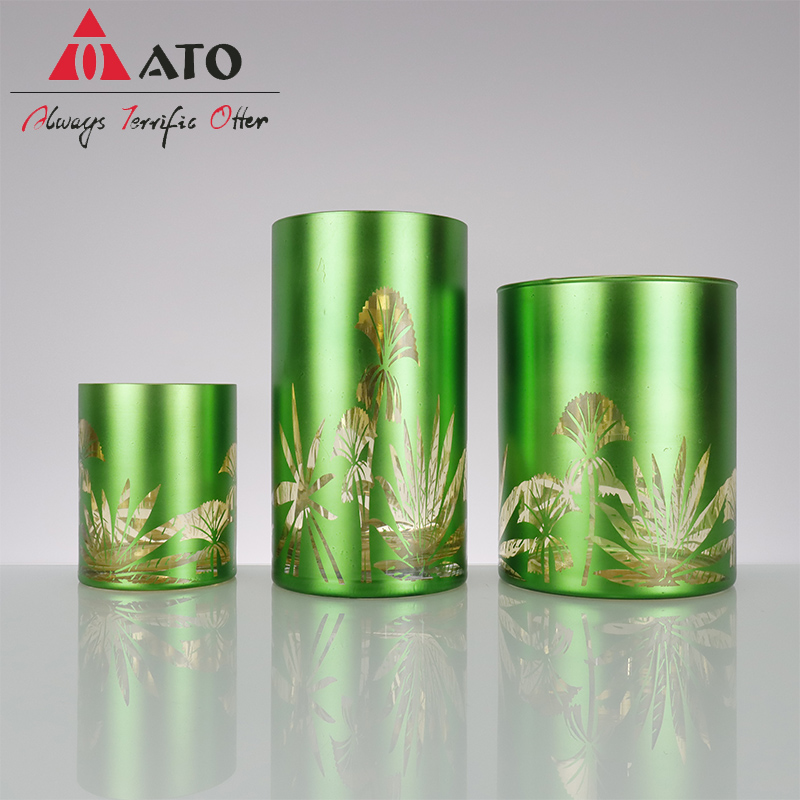Although the history of water-based polyurethane adhesive is not long, it has developed very rapidly. In 1943, the German P. Schlack successfully made waterborne polyurethane adhesives for the first time. In 1967, PU emulsions were first industrialized and put on the market in the United States. In 1972, Bayer Company took the lead in using PU emulsions as leather finishing agents. Waterborne polyurethane adhesives have gradually become important commodities. In the 1990s, some foreign companies successfully developed a one-component self-crosslinking water-based polyurethane adhesive by introducing reactive groups into the polymer.
Waterborne polyurethane adhesives can be prepared by the following two methods: First, the original polyurethane adhesive is directly emulsified into a stable water-dispersed emulsion by adding an emulsifier. However, the presence of an emulsifier affects its water resistance and adhesion. strength. The second is the introduction of hydrophilic ionic groups in the molecular framework of the polyurethane to form self-dispersing and self-emulsifying systems. The advantage of this system is that it does not contain emulsifiers, has good film formation, and can be modified with other anionic or cationic polymerization systems to reduce costs.
In recent years, the industry's research on water-based polyurethane adhesives has focused on increasing the solid content, increasing the drying speed, increasing the bonding strength and water resistance. With the advent of water-dispersible polyisocyanate curing agents, the performance of two-component polyurethane adhesives has basically reached the performance of solvent-based two-component polyurethane adhesives. So far, the application of water-based polyurethane adhesives has begun to expand to the coating of wood floors, plastics, metals, concrete, etc., and there are a variety of water-based polyurethane adhesives in industrial applications.
Water-based polyurethane adhesives are used in the composite film industry. Although they have achieved good results, there are still some problems in their application.
(1) It is not as volatile as organic solvents. Therefore, it is necessary to increase the temperature of the drying tunnel or lengthen the drying tunnel during drying, which will result in waste of energy.
(2) The adhesive strength of water-based polyurethane adhesives does not meet the requirements for use in some high-end packagings.
(3) Due to the limited product variety of water-based polyurethane adhesives, there are almost no products designed specifically for the composite film industry.
Although the application of water-based polyurethane adhesives is not yet perfect, but it has a broad space for development, so waterborne polyurethane adhesives are both opportunities and challenges for domestic adhesive manufacturers.
Solvent free polyurethane adhesive
The application of solvent-free polyurethane adhesives to composite membranes began in Germany in 1974; Japan introduced this technology in 1977 and had more than 60 production lines in 1997; in Europe and the United States, half of the composite membrane products have been solvent-free. Polyurethane adhesive preparation.
Solvent-free polyurethane adhesives have now been developed to the third generation. The first generation is a polyether- or polyester-type isocyanate-terminated prepolymer, which has the disadvantages of rapid viscosity change, slow curing speed, and easy generation of carbon dioxide bubbles; the second generation is a hydroxyl-terminated prepolymer and an isocyanate-terminated prepolymer. Two-component type, the coating device has a precise automatic feeding metering and mixing system, but the adhesion to EVA, aluminum foil and other materials is not good; the third generation is a two-component system improved on the second generation basis, can withstand High-temperature cooking can also be used for bonding of aluminum foil.
Since solvent-free polyurethane adhesives do not contain solvents, they are solvent- and environmentally-friendly. With the increase of environmental protection requirements of the country, the emission of solvents is gradually limited, and the application of solvent-free polyurethane adhesives will be rapidly developed.
There are also problems with the use of solvent-free polyurethane adhesives.
(1) Due to the inability to produce sophisticated automatic metering and mixing systems in China, expensive equipment must be imported from abroad.
(2) The solvent-free compounding machine has a high speed (generally above 200m/min) and has a high requirement for compounding technology.
(3) The main point is that nowadays solvent-free polyurethane adhesives are expensive and most of them need to be imported. There are only a few companies in the country that can meet the requirements.
Therefore, there is still a long way to go for the use of solvent-free polyurethane adhesives in large-scale domestic applications.
There are many varieties of polyurethane adhesives, which can play a role in various fields as the formulation and raw materials change. The development direction of adhesives is also changed from common type to special type and then compatible type (universal type), so as to exert the optimal performance of adhesives.
Over the past 20 years of reform and opening up, the polyurethane adhesive industry has achieved rapid development. Especially after China's entry into the WTO, many foreign manufacturers' products have flooded into the Chinese market, and prices of domestic products have become closer and closer. This will undoubtedly bring domestic manufacturers To great pressure. Therefore, how to accelerate technological progress, seize opportunities, and meet challenges, and timely development has become a problem we must face. We should make use of our own advantages and seek breakthroughs on the basis of learning so that our products can reach or even exceed foreign products and revitalize the national industry.
Source: Print World
A votive glass is a small glass container used to hold a votive candle. Votive candles are typically small, cylindrical candles that are burned in religious or spiritual ceremonies. The votive glass provides a safe and stable container for the candle, preventing the flame from spreading and protecting surfaces from heat and wax drippings. Votive glasses are often made of clear or colored glass and can be plain or decorated with designs or symbols. They are commonly used in churches, temples, and personal altars for prayer, meditation, and remembrance.

Votive Glass,Pentagrams Votive Glass,Clear Pentagrams Votive Glass,Votive Glass With Pentagrams
Xi'an ATO International Co., Ltd , https://www.ato2008.com